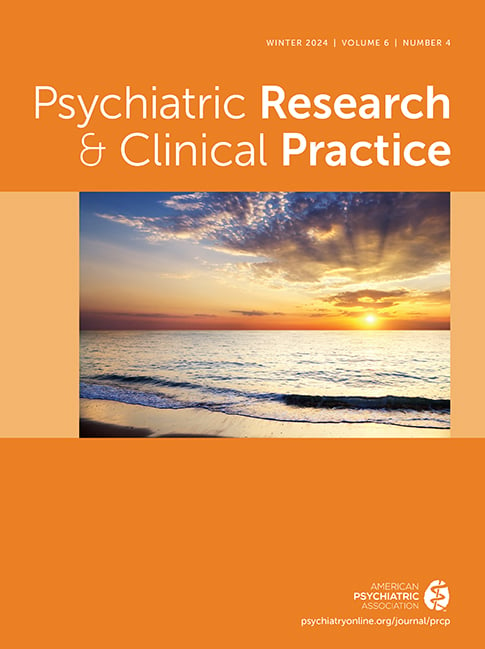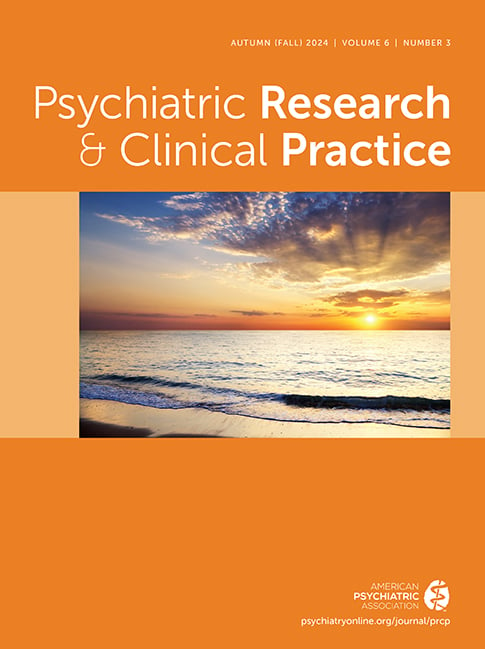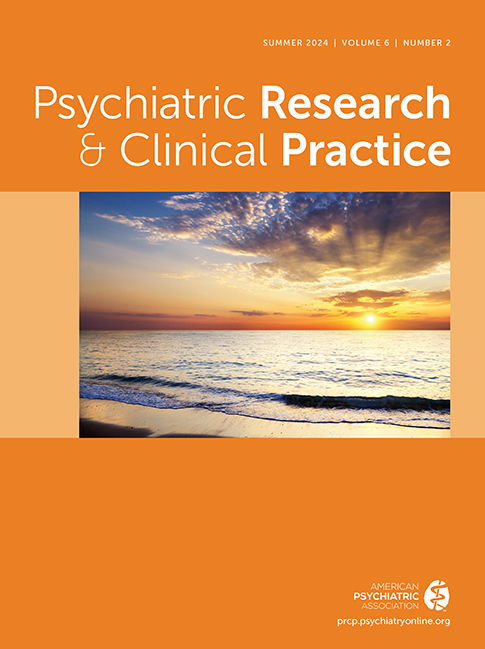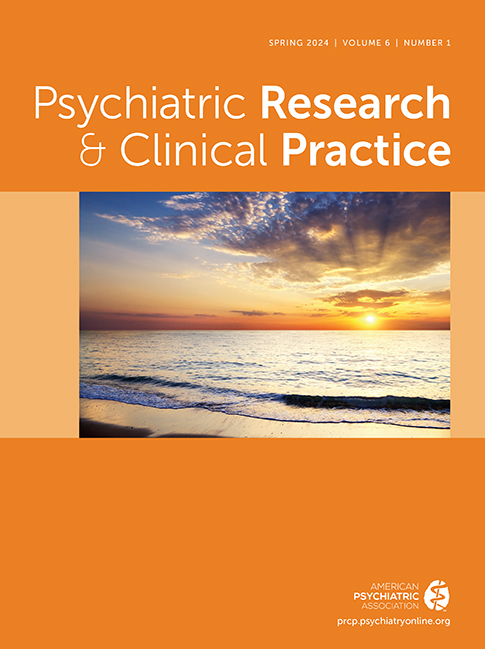Current Issue
- Volume 6
- Number 4
- December 2024
REVIEW
Publication date: 12 July 2024
Pages124–133Background Celiac disease (CD) is an autoimmune disorder in which genetically susceptible individuals cannot digest gluten (wheat) and its homologs such as Scalin (rye) and Hordein (barley). Aim This systematic review and meta‐analysis aimed to ...
https://doi.org/10.1176/appi.prcp.20230076Publication date: 17 July 2024
Pages134–142Background Among presenting conditions in pediatric acute care settings, conduct disorder (CD) is a potentially stigmatizing yet common diagnosis in the setting of behavioral dysregulation requiring psychiatric admission. Concerns exist about over‐...
https://doi.org/10.1176/appi.prcp.20240009ARTICLE
Publication date: 28 June 2024
Pages143–150Objective Early identification of substance use during adolescence is imperative to reduce the risk of morbidity and mortality. The aim of this study was to determine the utility of the Global Appraisal of Individual Needs‐Quick Version 4 (GAIN‐Q4) at ...
https://doi.org/10.1176/appi.prcp.20230078Publication date: 18 September 2024
Pages151–163Background People living with mental illness (PLWMI) experience a disproportionate prevalence and incidence of HIV. Preventing HIV among PLWMI is a priority for multiple domestic public health agencies. As key clinicians for this group, psychiatrists may ...
https://doi.org/10.1176/appi.prcp.20240069Past Issues
View Issues Archive
Vol. 6 | No. 4

Vol. 6 | No. 3

Vol. 6 | No. 2
